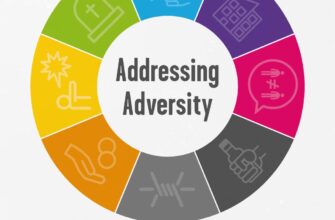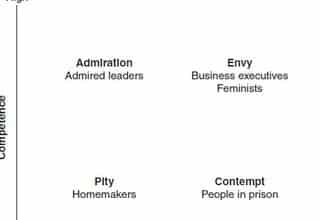Does it ever seem like the news is making you feel worse? It feels so negative, like its harping on every disaster. New research has found that this isn’t just a “feeling” and it is affecting our psyche.
I am not immune to these effects. While being fully aware of how the news makes me feel, I remain a self-diagnosed news addict. Between television, podcasts, and my daily deluge of news that appears on my phone every morning, I am on top of every scandal, tragedy, and catastrophe that is or potentially expected to take place…and I am so bummed out.
It wasn’t always this way; before the last election, I was a news watcher—far from an addict, but still active. I learned what I needed and went on with my day. Now, I’m scouring for more. I get frustrated when ten minutes goes by without my news feed being updated. Then, I get frustrated by the news I’m reading.
While I’ve only recently fallen into a bottomless pit of negative news, society has been experiencing this phenomena for quite some time. Acclaimed data scientist Kalev Leetaru analyzed every article published in the New York Times between 1945 and 2005 for sentiment mining, the assessment of text for emotional tone.
By tallying the number and contexts of words with positive and negative undertones (good, nice, terrible, horrific, etc), Leetaru found that the notion of news being more negative is accurate. The New York Times became gloomier from the 1960s to the 1970s, perked up a little in the 1980s and 1990s, and has since progressively degenerated over the last twenty years.
In addition to be generally unfortunate, this has serious implications on our world view. Instead of being better informed, news watchers are more likely to be malcontent. They irrationally worry about crime, regardless of the fifty year trend showing the falling crime rates, and terrorism, regardless of the statistical improbability that an individual will be directly affected.
[Consumers of negative news experience] misperception of risk, anxiety, lower mood levels, learned helplessness, contempt and hostility towards others, desensitization, and in some cases, … complete avoidance of the news.—Steven Pinker, author of Enlightenment Now: The Case for Reason, Science, Humanism, and Progress
Psychologists Amos Tversky and Daniel Kahneman call this availability heuristic, where we tend to overestimate the probability of an event when its at the forefront of our mind. We see plane crashes on the news, but far more people are killed in car crashes. As a result of the coverage, there’s a widespread fear of flying but few people have a fear of cars. People rank tornadoes (which always makes the news) as a more common cause of death than asthma, but tornadoes kill 50 people a year versus the 4,000 by asthma.
For leaders, this research provides numerous opportunities. How often are you discussing organizational catastrophes? How much time do you spend harping on broken systems? How many watercooler conversations are centered around postulating about potential problems? How many meetings are filled with dread?
If there’s truth to availability heuristic, we must ensure that constructive, positive news is our primary focus so it can be our team’s primary thought. We still need to discuss and plan for the bad stuff, but that cannot be the go-to topic or sentiment.
While media outlets may prefer negative coverage, we don’t have to succumb to the same trends within our organizations. Put effort into communicating all the great things you are doing. When you get through an issue, tout the team’s ability to get through it. Reporters may say that “If it bleeds, it leads,” but we need to live by a different standard—“When we succeed, it leads.”








